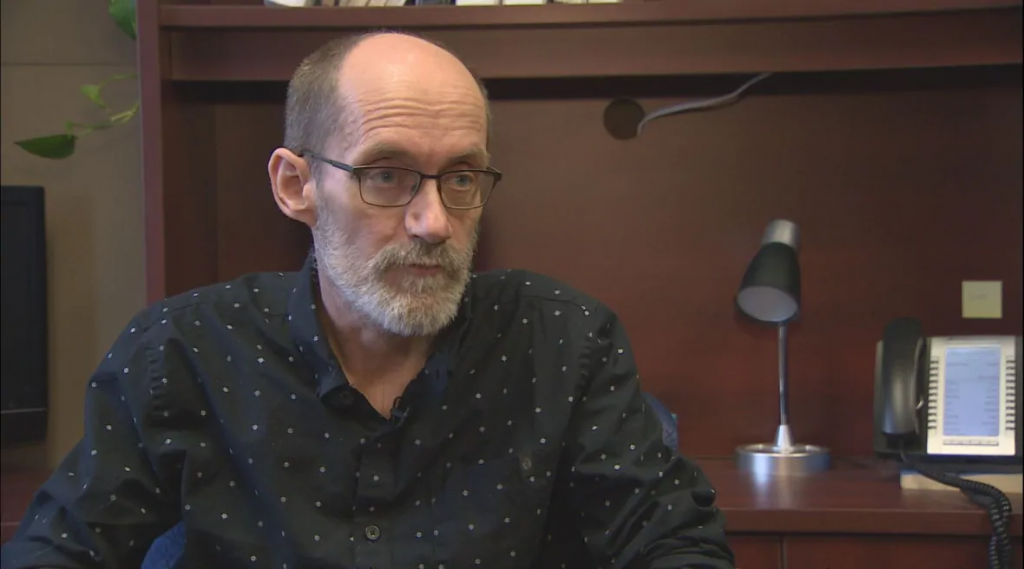Eliminating tuberculosis among Canada’s Inuit stalled due to lack of funding

Nearly two years after the federal government committed to eliminating tuberculosis among Inuit by 2030, progress is stalled and the former minister who made the promise says unless tremendous political will is marshalled — including billions of dollars in new funding — Canadians will continue to die of a preventable disease.
“It would be shameful if Canada could not meet that target,” said Jane Philpott, who was the minister of Indigenous Services in 2018.
That’s when the federal government dedicated $27.5 million to fighting the disease in Inuit communities — she was not re-elected in 2019 and is no longer part of Canada’s government.
She, alongside Inuit Tapiriit Kanatami president Natan Obed, announced the Liberal’s plan to cut tuberculosis rates in Canada’s four Inuit regions in half by 2025 and completely eliminated the disease five years after that.
Philpott said at the time she was alarmed to see the rate of tuberculosis, or TB, among Inuit was 300 times that of non-Indigenous, Canadian-born citizens.
Philpott told CBC Thursday she is equally alarmed that the rate has barely changed since then. Since 2009, 12 people who were sick with active tuberculosis in Nunavut have died.
“This is one of our most serious domestic issues. It requires attention and it requires a budget,” Philpott said.
The government of Nunavut spends around $10 million a year on treatment alone, but actively fighting the disease costs much more.
Beginning in February 2018 three of the territory’s 25 hamlets received community-wide screenings, in which almost every community member was tested. The price tag for those three interventions was nearly $6 million.

The federal government covered the cost of the community screening clinics, but the funding has since dried up. Nunavut’s chief public health officer, Dr. Michael Patterson, says he wants to run more clinics.
“If we are going to do community-wide screenings we need to have funding levels that are sustainable and predictable and we can run it as a program,” Patterson said.
And if the clinics don’t continue, Patterson is unequivocal — tuberculosis will remain a problem. Officials at the Department of Indigenous Services say they are fully committed to supporting Nunavut’s efforts, but the necessary funding has yet to materialize.
Patterson said Nunavut’s Department of Health is working with Nunavut Tunngavik Incorporated — the organization that represents Inuit in Nunavut — to develop a regional plan, which will be unveiled in March. He says he is hopeful that the federal government will make the necessary financial commitments by then.
Larger problems exist
But there is a larger problem — clinics alone won’t lead to the elimination of TB.
“TB numbers will drop but if we don’t fix other problems — housing, food, employment — the numbers will come back,” Patterson said.
The housing crisis among Inuit is a major factor in the spread of TB and addressing the current housing needs in Nunavut will cost more than a billion dollars.
Philpott said it’s time for Canadians to wake up to the fact that their fellow Canadians are dying as a result of underfunding.
“It comes time to put our money where our mouth is … Canadians have not done what’s right,” Philpott said.
She said the answer is to create unavoidable political pressure, which will only happen when all Canadians make northern living conditions a priority.
Related stories from around the North:
Canada: New public health act aims to track latent tuberculosis in Nunavut, Arctic Canada, CBC News
Finland: Cancer rates in Arctic Finland below average, YLE News
Russia: Mass vaccination against anthrax continues on Yamal Peninsula, The Independent Barents Observer
Sweden: Fewer people suffering strokes in Sweden, Radio Sweden
United States: Alaska TB rate dips but still among the U.S. highest, Alaska Public Media



